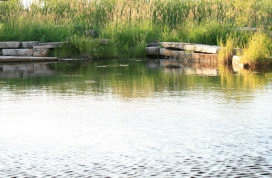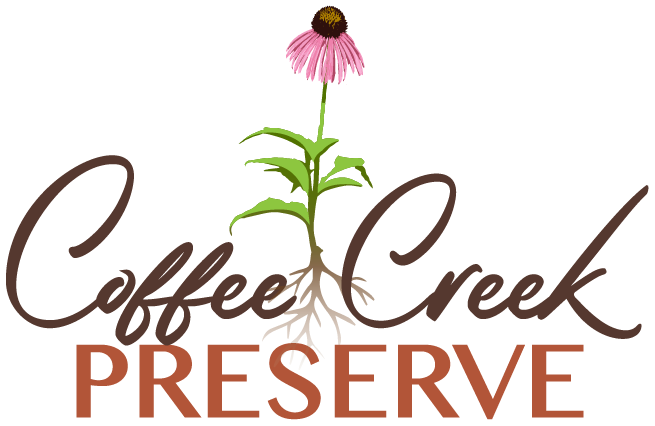Restoration of the Coffee Creek Watershed
|
Coffee Creek Preserve
(the place) Northeast corner of I-80/90 and IN 49 Chesterton Amphitheater 2401 Village Point, Chesterton, IN 46304 The Pavilion 178 E Sidewalk Rd, Chesterton, IN 46304 |
Coffee Creek Watershed Conservancy, Inc
(the governing organization) PO Box 802 Chesterton, IN 46304 219-926-1842 or [email protected] |


